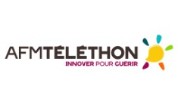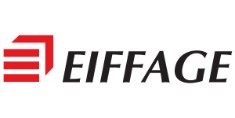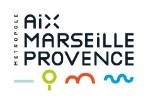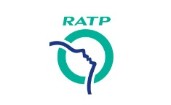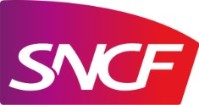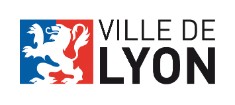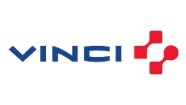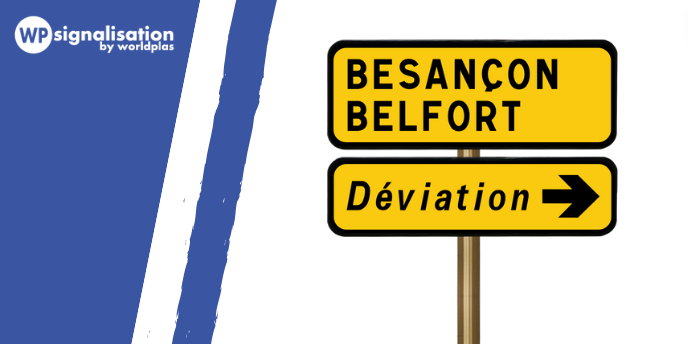
How to choose the right temporary sign ?
Regulations
The installation of a temporary traffic sign is governed by the decree of October 20, 2008, concerning compliance attestation and implementation rules. All temporary signs must have NF certification and additional CE certification. Standard XP P 98-540 determines the different types of temporary traffic signs. There are six main categories of construction signs :
- AK type signs
- KM type signs
- K2 type signs
- K8 type signs
- KC type signs
- KD type signs
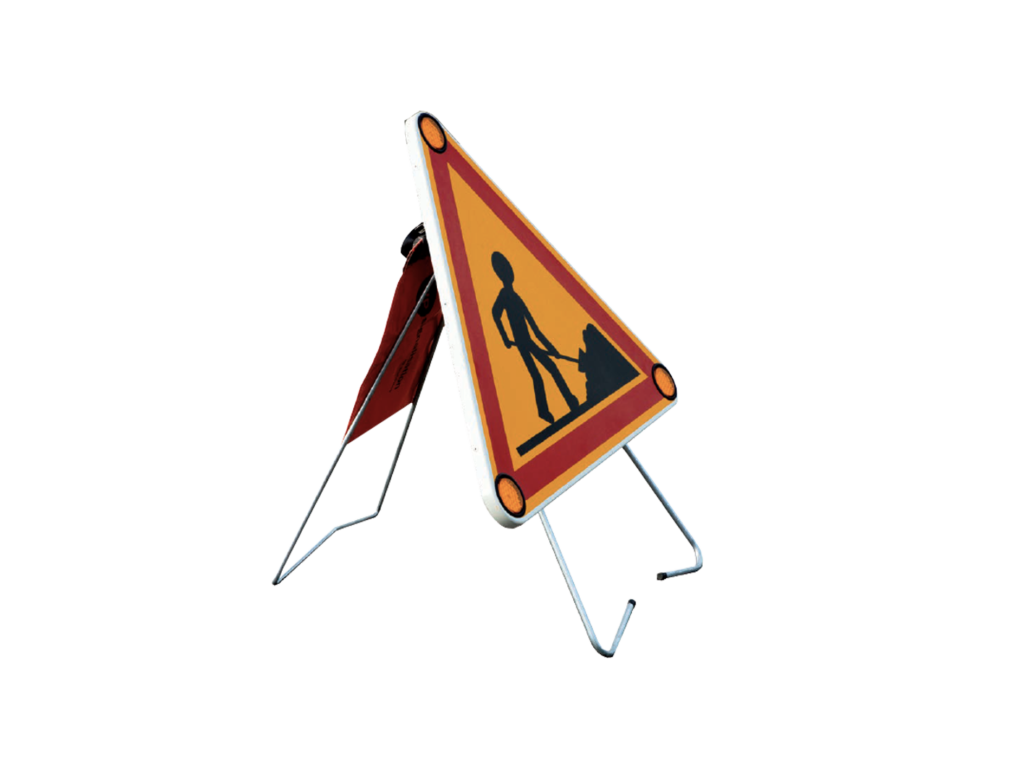
Temporary signage
Temporary signage serves to protect all road users, including motorists, pedestrians, and cyclists. Construction signage ensures the safety of users and serves as a preventive tool. Indeed, temporary signage warns of danger related to works or temporarily hazardous areas.
Temporary signs communicate three types of information :
- Warning signs : for example, an object on the road.
- Directional signs : for example, a road diversion due to construction.
- Regulatory signs : for example, a mandatory right turn due to an accident.
When it comes to temporary signage, the French Highway Code recognizes the following categories :
Construction signage
The Highway Code regulates the implementation of temporary signage equipment. To ensure that your temporary marking is compliant, you must adhere to the following rules :
- To allow pedestrians to circulate safely, a passage of 1.40 meters must be left on the sidewalk (or the roadway).
- In some cases, the establishment of a pedestrian lane of 0.90 meters is accepted.
To mark your construction site, you can use the following temporary equipment :
- Temporary approach signage equipment. The temporary approach sign is installed on the shoulder. It announces a construction zone. Approach signs are of type AK or BK.
- Temporary position signage equipment. The temporary position sign delineates a construction zone. It makes a construction site more visible and allows a motorist to adjust their driving accordingly.
- And finally, temporary end of prescription signage equipment. A end of construction sign marks the end of a construction site.
The different classes

In urban areas, the distance between temporary signs must be 10 meters.
And the height under the sign must be between 1 meter and 2.50 meters. If the temporary sign is fixed on a support placed on the ground, the height under the sign must be 0.50 meters.

Outside urban areas on a two-way road, the distance between construction signs must be 100 meters.
And the height under the sign must be 2.50 meters. When the sign is placed on the ground, the height under the sign can be 0.50 meters.

On a motorway or a road with separated carriageways, the distance between temporary signs must be 200 meters.
The height under the sign must also be 2.50 meters.
The retroreflection classes of temporary signs

All temporary signs are retroreflective. However, depending on the location of the sign, certain retroreflection classes are required or recommended.
At night, the temporary sign must be Class 2 or equipped with beacon and warning lights when placed in front of a construction site located outside urban areas.
Position signs must be Class 2 when used for construction site marking at night.
When a construction site is located outside urban areas on highways and roads with separated carriageways, all temporary signs must be Class 2. At night, a danger sign (type AK) must be equipped with 3 beacon lights. Our Triflash sign is an ideal and suitable solution for this type of situation.
Want to learn more about retroreflection ? Check out our dedicated blog post on the retroreflection of road signs.
The Triflash temporary sign
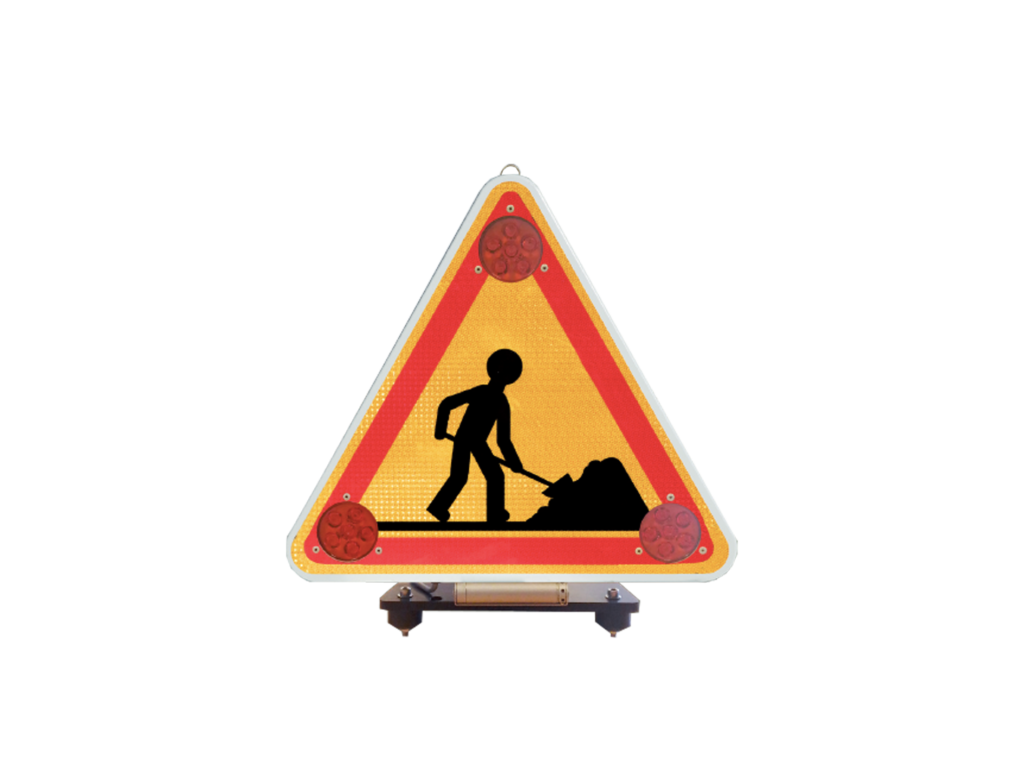
The Triflash panel is designed to alert users in case of intervention on the roadway. Our Triflash signal panel is equipped with three lighted triangles. It is available in various ranges and sizes. It features a rechargeable battery, either integrated or external, with autonomy adaptable to your needs.
We offer three different modes:
- Off mode : the panel does not flash.
- Day mode : the panel flashes continuously (day and night).
- Night mode : the Triflash panel flashes only at night.
We also offer a Triflash panel for vehicles. This model consists of two double-sided Triflash units.
The Triflash units can be triggered from the vehicle’s interior using a switch, and the panel is powered by the vehicle’s battery.
According to the law, the use of lighted triangles is mandatory for professional vehicles intervening on the roadway open to traffic. This regulation is governed by articles 122C and 131C related to road signage.
